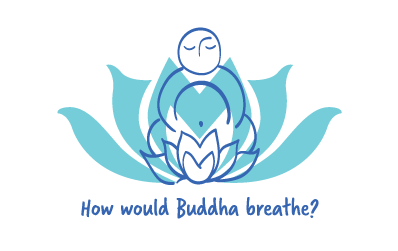
Breathing Lite + Restoring Prana
with Robin Rothenberg
Restoring Prana
Notes from Robin:
When I first began to explore pranayama and breathing for health, I wanted to convey the intrinsic value of Breathing Lite and have that message go viral, so everyone would cease and desist from the big breathing habit! As I delved more deeply into the research for my upcoming book, I realized that while breathing lite is the means — restoring prana is the ultimate intention. In other words, the less we breath, the more vital and alive we feel! Prana is the animating force that supports and sustains us — akin to the concept of ‘qi’ in Chinese Medicine. Cultivating a rich reservoir of prana is the essential goal of yoga practice and pranayama the primary tool to actualize it. It is the containment of prana that enables our vitality to thrive. This requires us to train ourselves to need less breath — not more.
Restoring Prana: A Therapeutic Guide to Pranayama and Healing Through the Breath, for Yoga Therapists, Yoga Teachers and Healthcare Practitioners, articulates a step-by-step yogic process for achieving physical health and mental stability through breath re-education. Validated by the science of respiratory physiology, the text uniquely merges the wisdom of the ancient yogis, with modern day therapies, like the Buteyko Method and Intermittent Hypoxic Therapy. The Svadhyaya Breath Journal companion workbook will be published in August 2020.
It is my personal mission in the upcoming years to inspire my colleagues in the yoga community to return to the original Vedic teachings, which counsel us to make the breath subtle and still, in order to restore pranic balance, first in ourselves and then in our students. To this end, I’ll be offering workshops and trainings in Restoring Prana, which will both educate and offer practical means to transform pranayama practice to support health and healing. Please contact me with interest in hosting an event in your community.
Restore Your Prana Professional Certification Program: A Professional Training for Yoga Teachers, Yoga Therapists, Program Directors and Health-Care Practitioners - launches November 22nd, 2020! Click here to learn more.
Breathing Lite
The Benefits of Breathing Lite and Restoring Prana
The wise yogis knew that everything needs to be held in balance. Overall their counsel was to become more internally efficient and need less. The practices of yoga are meant to enable us to be self-reliant and self-aware. As we practice, the body and mind are to become refined, stable, relaxed and still. The breath, our internal compass can take us into that state more readily than anything else. The yogis knew this too. That is why they counseled us to breathe LESS — to restrain the breath and make it more subtle. A quiet relaxed mind follows a quiet relaxed breath.
Webinars with Yoga U Online
Pranayama Redefined: Breathing Less to Live More
The ancient yoga masters instructed us to conserve our prana so our mind would be clear and our energy vibrant. Linking breath to prana they discovered the secret to health through a process of reduction and subtlety. Yet, our modern day yoga classes have us noisily respiring at huge volumes that expend prana and may in fact be detrimentally affecting our health!
Restoring Prana - Key Roles of the Diaphragm in Health and Vitality
Most people know that diaphragmatic breathing is important. In reality, all breathing is diaphragmatic. However, correct engagement of the diaphragm in tandem with the abdominal muscles can greatly influence your mood, concentration, digestion, heart rate, blood pressure, and many other essential keys to health.
Yoga for a Healthy Back: Freeing the Neck and Shoulder Girdle
Chronic neck and shoulder tension affects millions of people, and can seriously detract from our day to day well-being. In this online course, yoga therapist Robin Rothenberg, author of The Essential Low Back Program: Relieve Pain and Restore Health, will discuss the factors that often result in neck and shoulder pain and offer a yoga program to address the underlying issues.








